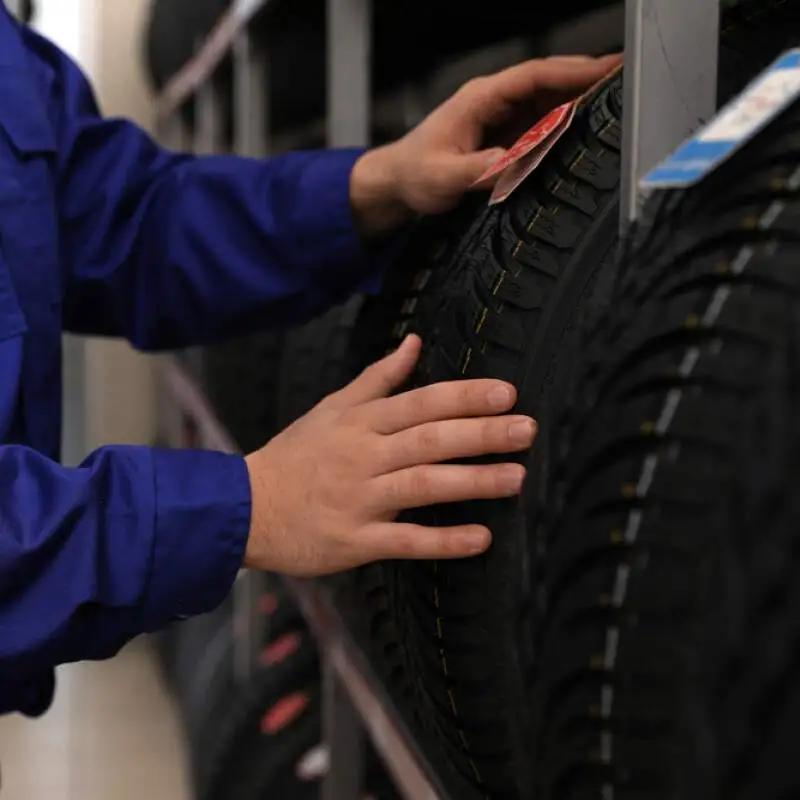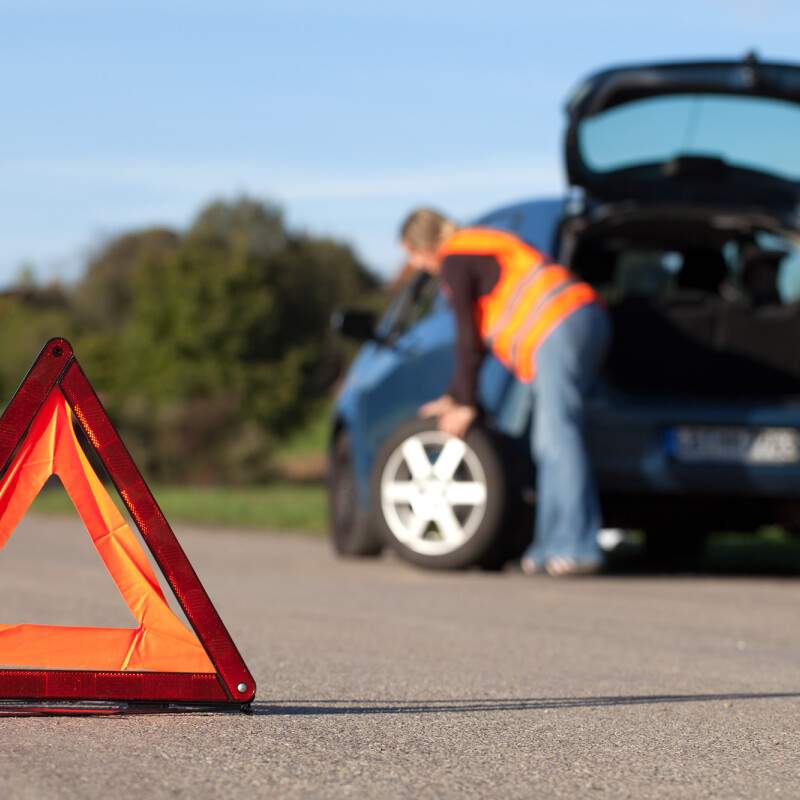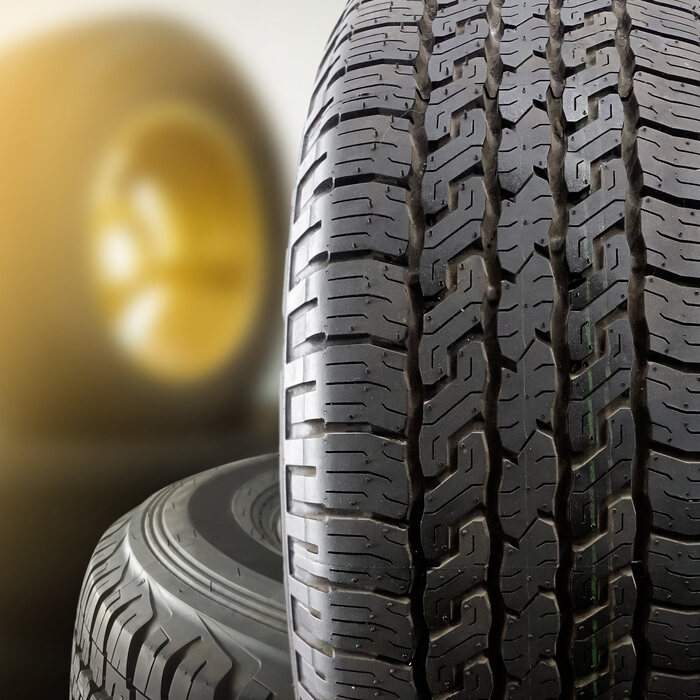Tyre age how to check the age of car tyres
You may not consider their age to be particularly important, but age does play a big part towards the overall durability and performance of your tyres.
Like with most things in life, the older a tyre is, the more likely it is to feel the effects of degradation. Rubber may be flexible and durable, but it’s also susceptible to damage and wear, so knowing how old your tyres are will help you to better understand how long you will be able to continue using them.
Why the age of your tyres is important
The tyres are the only part of your vehicle that touches the road - known as the contact patch - and therefore they need to be in the best condition possible to ensure maximum safety and performance.
Naturally, the longer your tyres are fitted to your vehicle, the more they’re driven on, and the more likely they are to wear and become damaged. The older a tyre is, the more likely it is to have worn below the legal minimum tread depth.
And of course, if your tyres don’t meet the legal minimum tread depth, you’re risking your vehicle failing its MOT, as well as points on your license and a fine of up to £2,500 per tyre.
What happens to tyres when they get older?
The rubber compound that tyres are made of is tough. It’s able to cope with fluctuations in temperature and take a battering from the road on a daily basis - but only for so long. Along with wear from driving, there are other ways your tyres can age that you might not be aware of.
The older your tyres are, the more likely they are to wear due to prolonged exposure to various chemical and environmental factors.
For example, ozone and ultraviolet rays will slowly break down the rubber compound the tyres are made of. That means, if not stored correctly, even tyres not fitted to your vehicle will become damaged over time.
The older a tyre gets, the weaker the rubber becomes. Even if you only drive on your tyres once every couple of months, you’ll still find that they’ll age over time and will still need to be replaced periodically to ensure they’re safe and legal.
Check the age of your tyres
Checking the age of your tyres is simple. On the sidewall of your tyres are a series of markings, one of which relates to when your tyres were manufactured.
On the sidewall, there will be a code beside the letters DOT. The four digits furthest to the right of this will indicate when your tyres were manufactured.
For example, the code may say 4020. The 40 denotes the 40th week of the year, and the 20 denotes the year itself. So, in this case, the tyre was manufactured on the 40th week of 2020.
How to prolong the life of your tyres
Unfortunately, it’s impossible to prevent your tyres from ageing, but you can help to prolong their life. To get the longest use out of your tyres, you should:
- Keep your tyres clean
- Check the inside and out for signs of damage or wear every two weeks
- Check the air pressure every two weeks
- Avoid overexposure to harmful chemicals such as ozone
- Try to park in a spot where they’re not exposed to UV rays, such as inside a garage or shady spot
- Drive safely
- Avoid potholes
- If you use seasonal (summer or winter) tyres, make sure the tyres you’ve removed from your vehicle are correctly stored
What happens when a tyre reaches the end of its life?
When your tyres reach their end of life, either because they’re damaged or no longer road legal, you will need to replace them.
We can do what we can to make sure our tyres last as long as possible, but there is no way to reverse the effects of tyre ageing.
Buy new tyres online today
If your tyres are at the end of their life, you can buy tyres online today using our quick and simple tool - just enter your vehicle reg to get started.

Tyre age how to check the age of car tyres
You may not consider their age to be particularly important, but age does play a big part towards the overall durability and performance of your tyres. Like with most things in life, the older a tyre is, the more likely...
Learn More
How far should you place a warning triangle from your car
In the event of a breakdown or accident, it’s important to alert other drivers that your vehicle is stationary and you’re unable to move it. All vehicles have hazard warning lights, which you should switch on when stopping at the...
Learn More





 Same Day Fitting. Order By 10:30am
Same Day Fitting. Order By 10:30am
 39 Nationwide Fitting Centres
39 Nationwide Fitting Centres
 5 Year Warranty On All Tyres
5 Year Warranty On All Tyres
 Price Check Promise. Always Great Deals
Price Check Promise. Always Great Deals

 Find a Centre
Find a Centre


